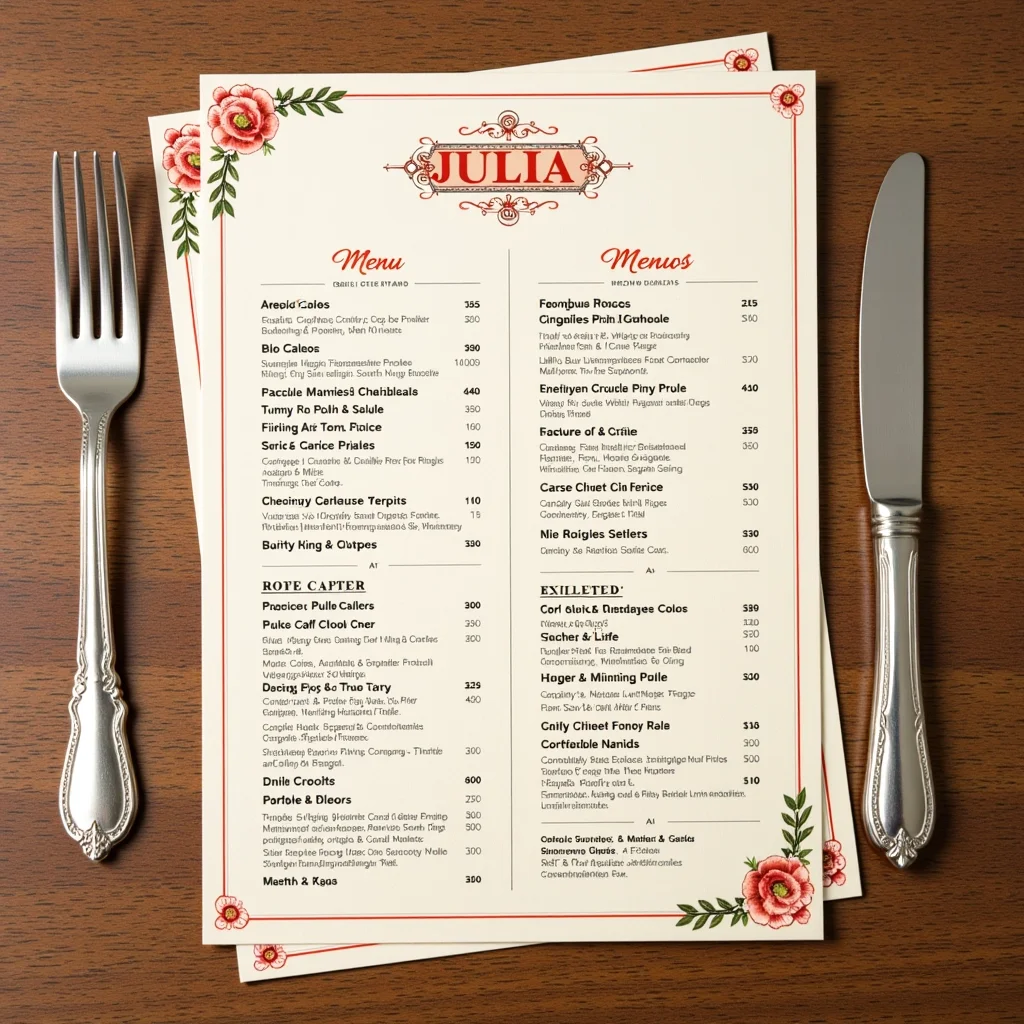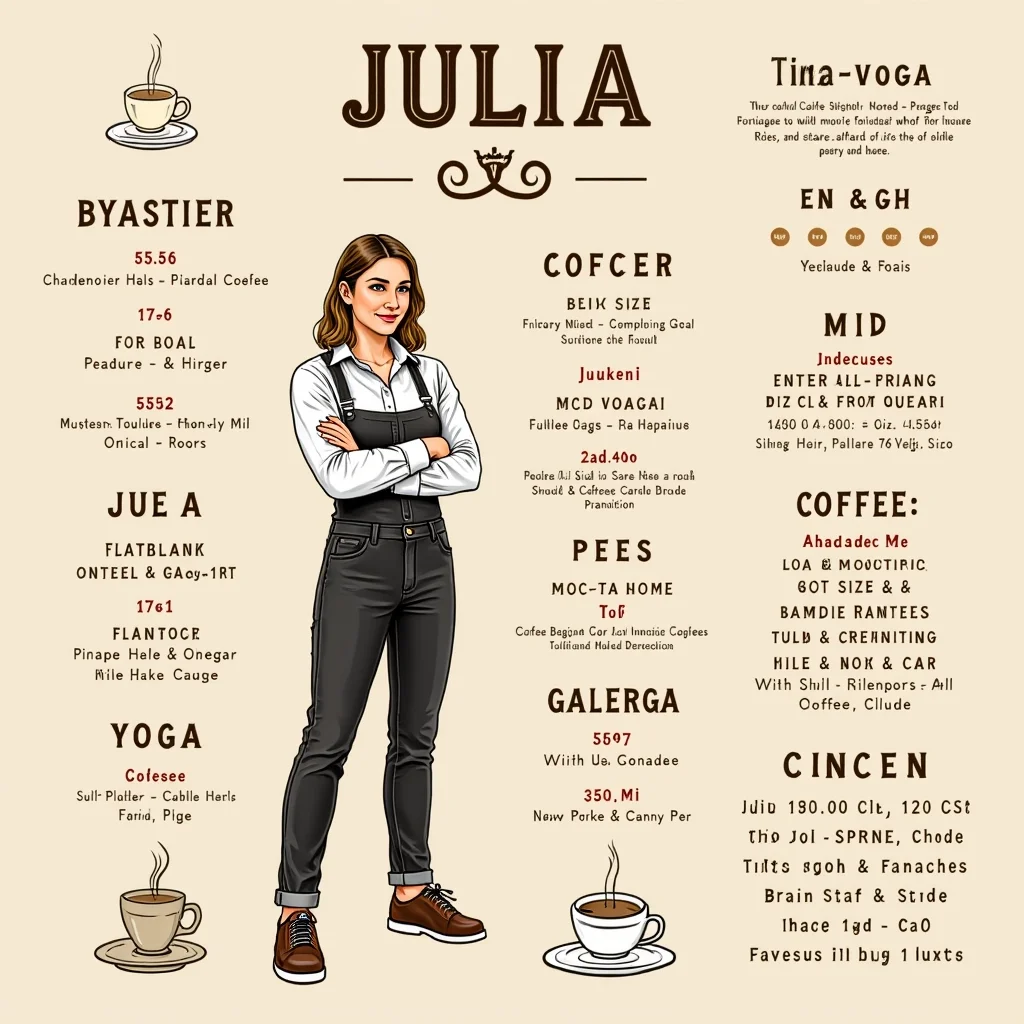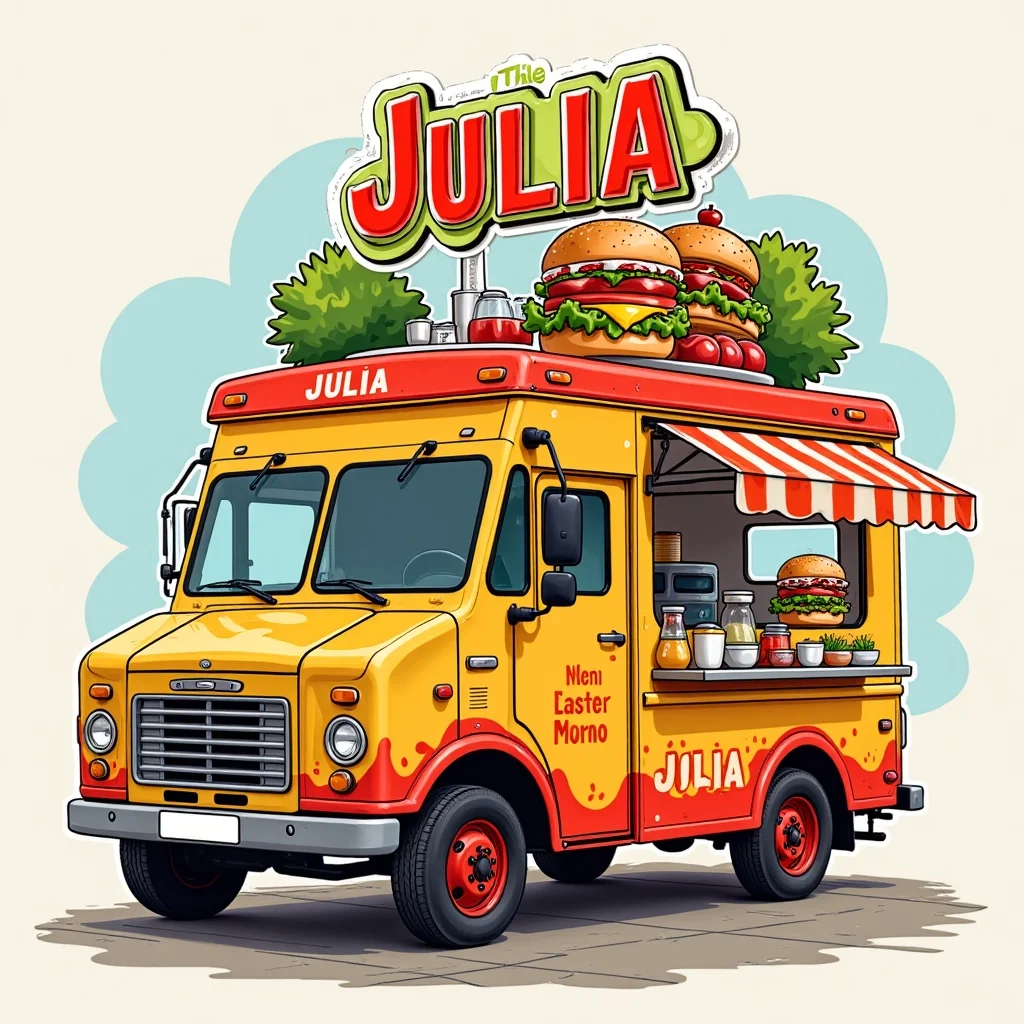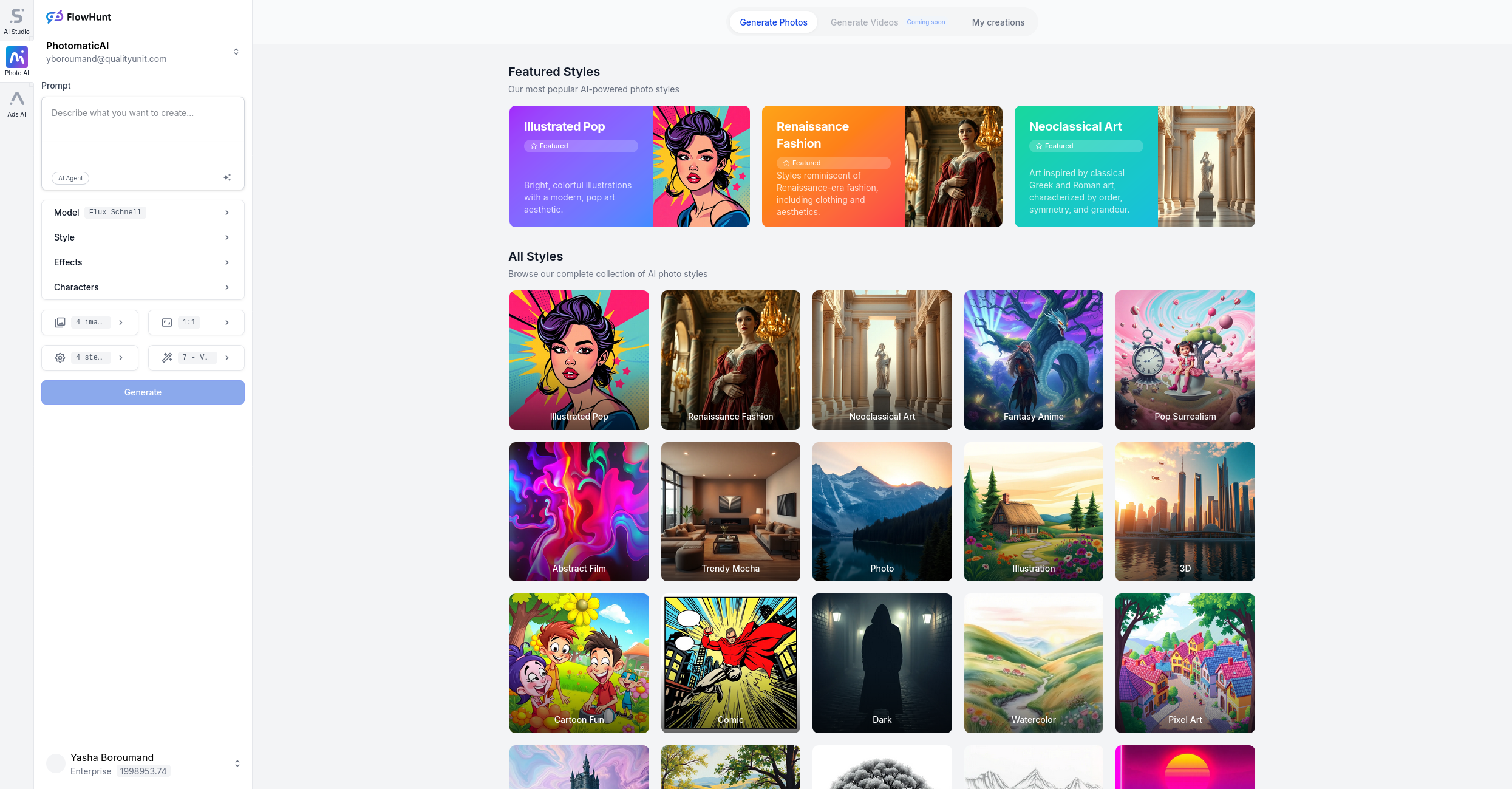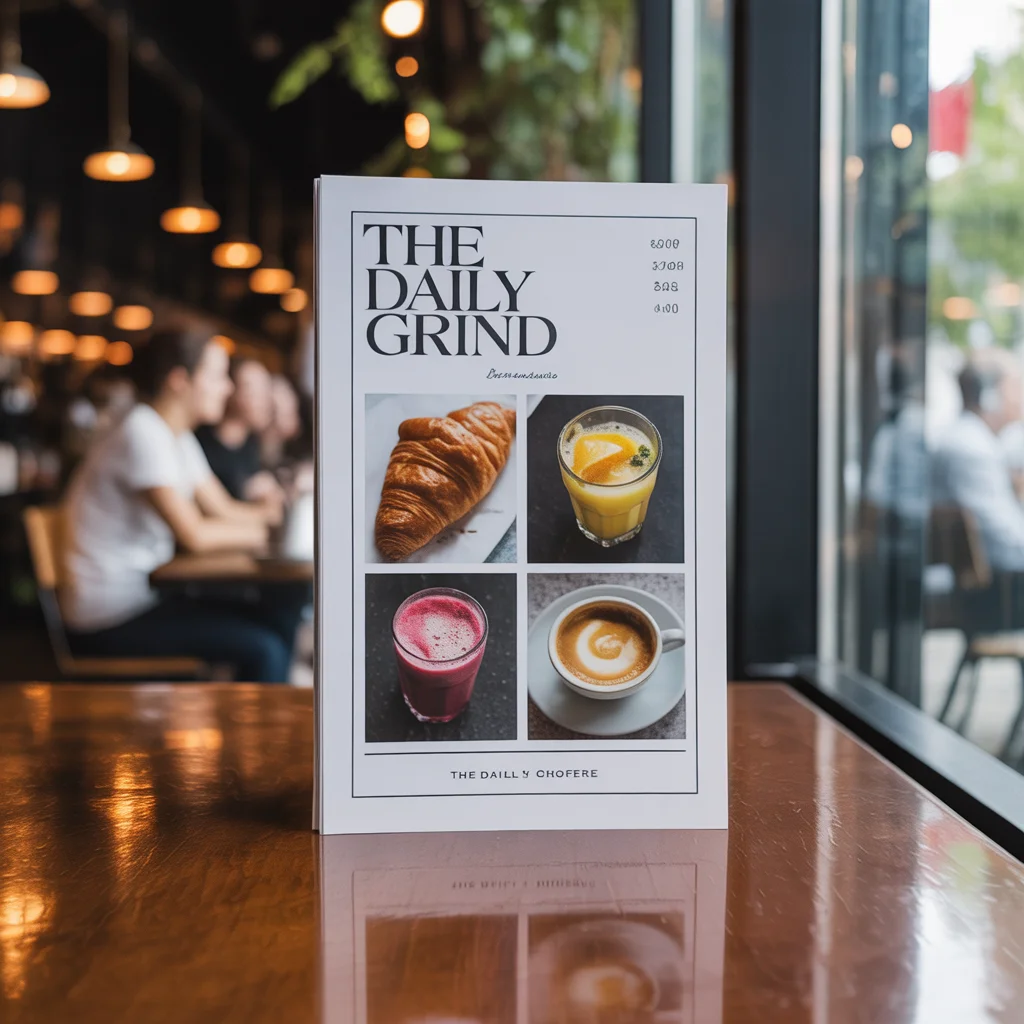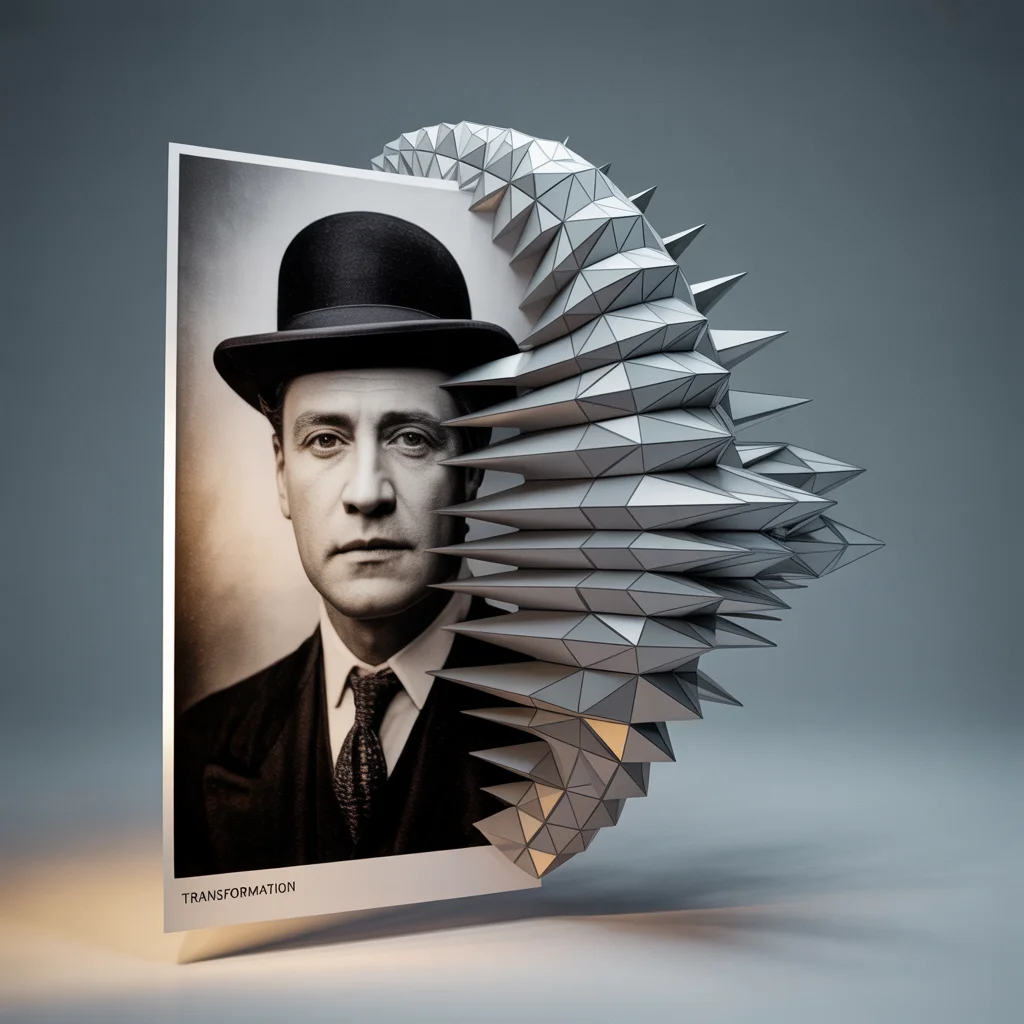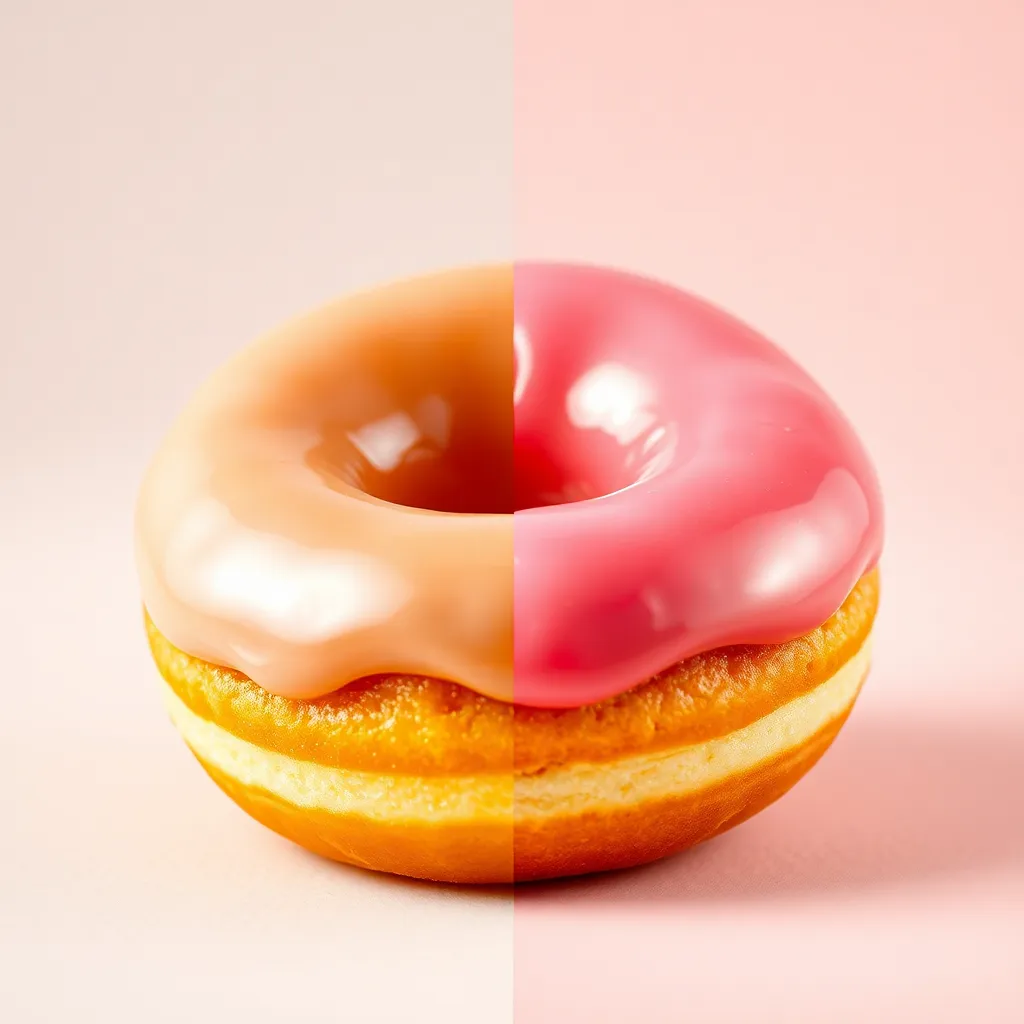
Glossy Food AI Image Generator
Glossy Food Style is a photographic effect that enhances the visual appeal of food by giving surfaces a shiny, reflective finish. Widely favored in commercial a...
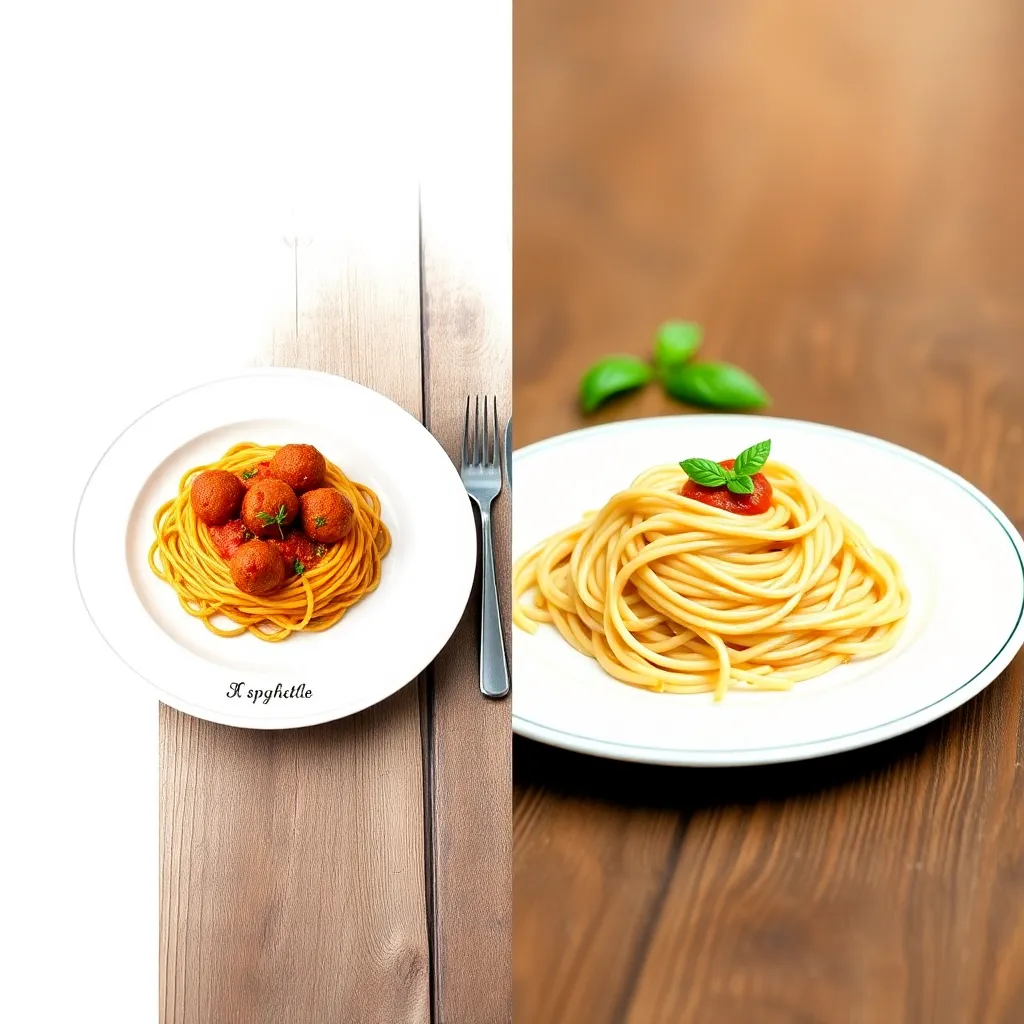
Style
Restaurant Menu Style is a visual effect that transforms ordinary images and graphics into captivating, menu-inspired designs. This style draws on the aesthetics of restaurant menus—ranging from elegant fine dining to vibrant street food—using distinctive layouts, fonts, illustrations, and color palettes to evoke the unique atmosphere of various culinary experiences. Restaurant Menu Style is a favorite among designers, restaurateurs, and content creators for its versatility and ability to instantly communicate mood, brand, and cuisine.
Train AI Image Models
Train a unique character from your own everyday photos, apply the ready to use Restaurant Menu AI Image Generator to generate interesting and eye-catching images.
Starting point for AI training is set of your images. More images of same character can be added to improve the model.
Apply ready to use styles and effects on pretrained model or use custom prompt to generate images.
Images generated from the pretrained model
Elevate your branding, social media, and creative projects with authentic restaurant menu aesthetics. Use our AI image generator to craft menus that perfectly match your concept—whether it's elegant fine dining, casual cafés, street food, or modern vegan cuisine.
See What You Can Create with Restaurant Menu AI Image Generator
Restaurant Menu Style is a highly adaptable visual effect used to recreate the iconic look and feel of restaurant menus within digital or printed images. This style draws inspiration from the diverse world of menu design, ranging from the opulence of high-end restaurants to the vibrancy of urban street food stalls. Characterized by its use of distinctive typography, thematic layout, carefully chosen color palettes, and illustrative elements, Restaurant Menu Style captures the essence of a dining experience and translates it into compelling visuals.
Menu design has evolved alongside restaurant culture, reflecting changes in cuisine, technology, and branding. In the early 20th century, menus were often ornate and hand-illustrated, particularly in luxury establishments. Mid-century brought cleaner lines and modern fonts, while contemporary trends embrace everything from rustic authenticity to minimalist chic. Today, digital tools and AI generators allow anyone to produce professional menu-inspired graphics, democratizing the style for both small businesses and creative individuals.
Restaurant Menu Style is popular among a wide range of professionals:
Restaurant Menu Style enhances photos and graphics by:
Let’s look at detailed examples:
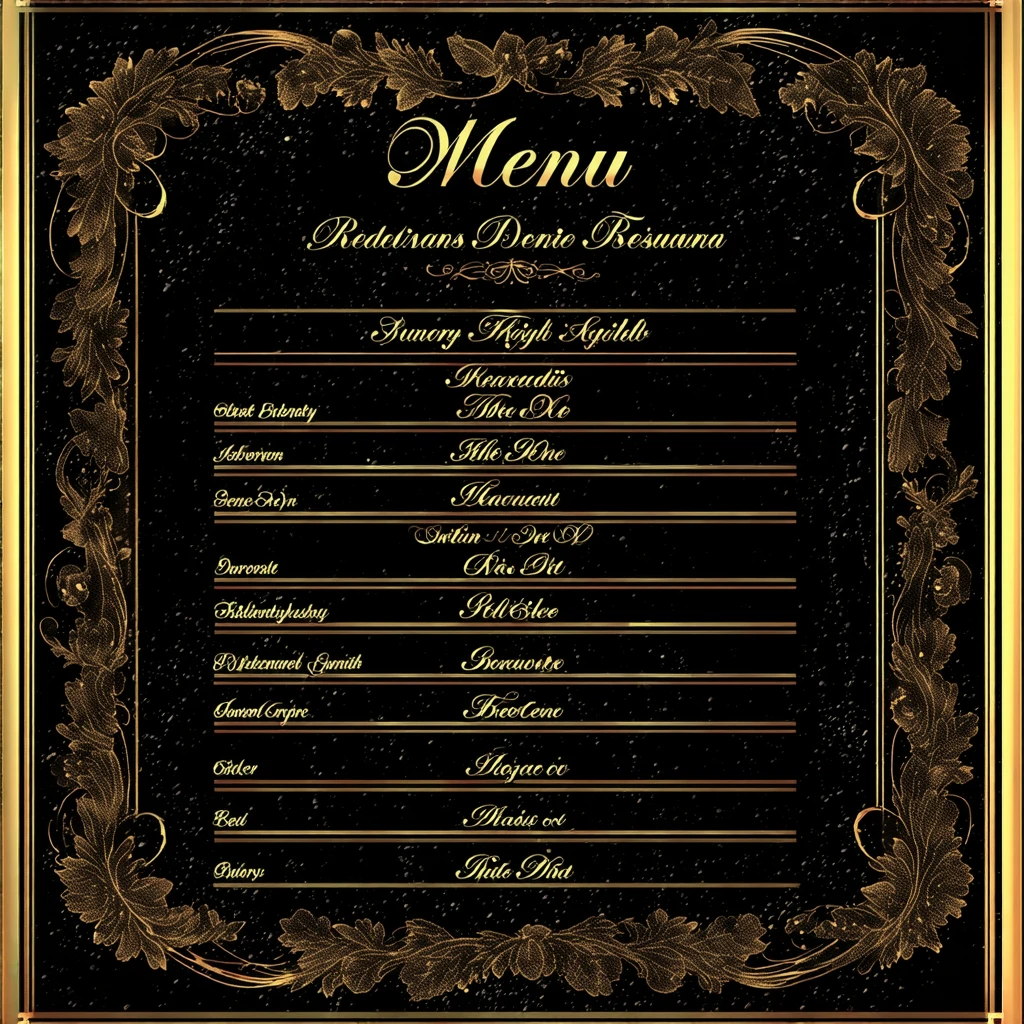
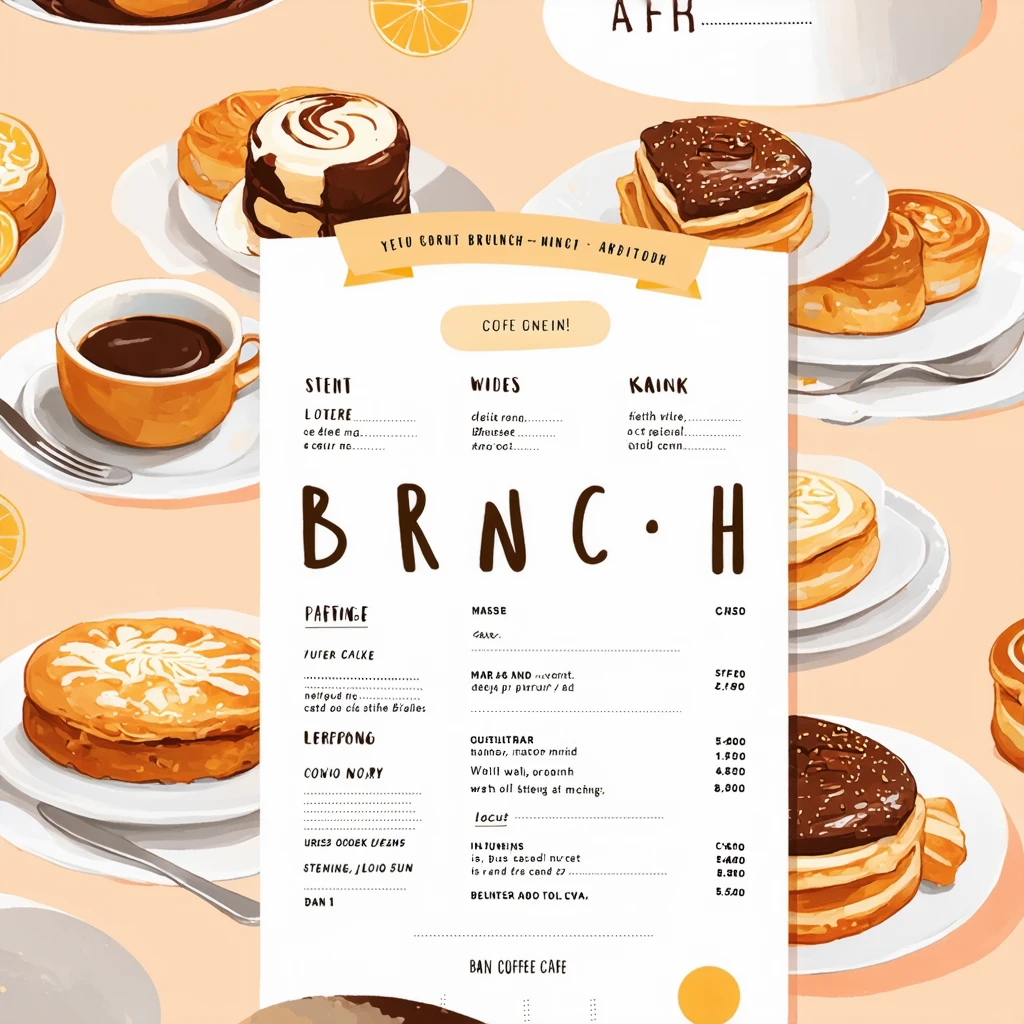
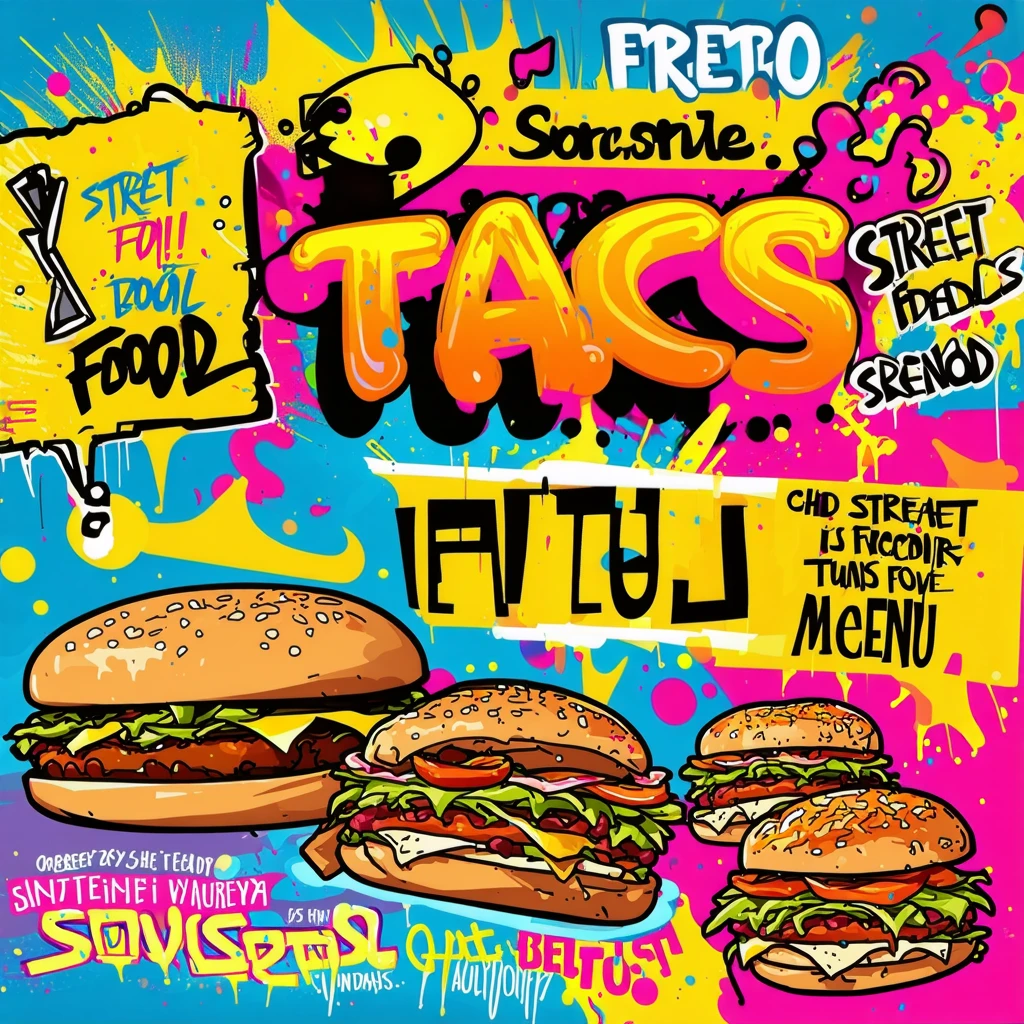
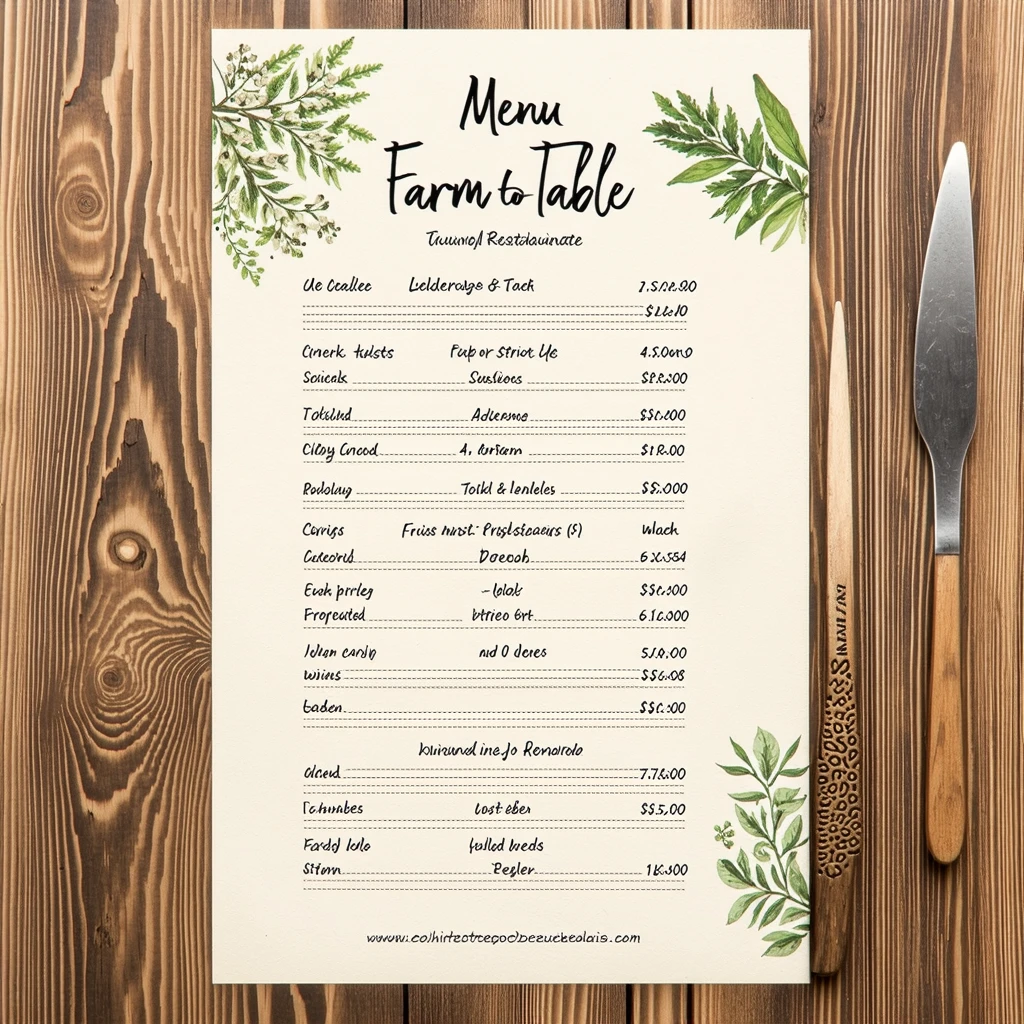
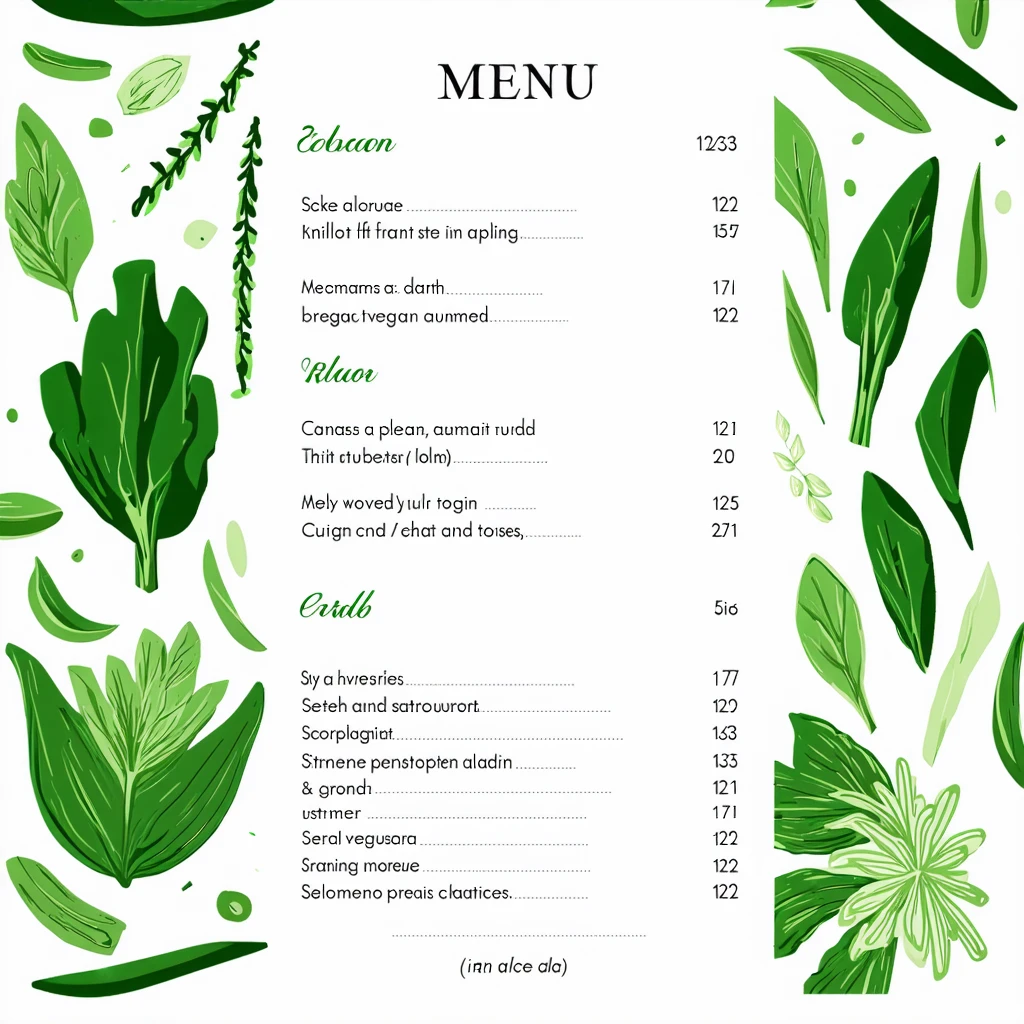
Restaurant Menu Style is a versatile, visually engaging approach that can transform any image, graphic, or document into a mouthwatering feast for the eyes. Whether you’re aiming for elegance, playfulness, vibrancy, rustic warmth, or modern minimalism, this style adapts to your needs and enhances your brand’s appeal. Use it to make your menus—and your message—unforgettable.
Automate your image generation with AI Agents
Restaurant Menu Style is a visual effect or design approach that emulates the look, layout, and feel of restaurant menus. It leverages typography, color schemes, illustrations, and composition inspired by real menus, allowing images or graphics to take on the identity of a specific type of dining experience.
You can create a Restaurant Menu Style image using graphic design software, menu templates, or AI-powered image generators. These tools let you apply specific fonts, borders, illustrations, and layouts commonly found in menus, tailoring the design to match your desired restaurant theme.
Using Restaurant Menu Style instantly communicates the atmosphere, cuisine, and personality of a restaurant or food brand. It enhances customer engagement, builds brand recognition, and helps set expectations for the dining experience.
All types of restaurants can benefit from Restaurant Menu Style—fine dining establishments, casual cafés, street food vendors, rustic farm-to-table eateries, and modern vegan bistros. The style can be adapted to fit any culinary concept or branding need.
Let us help you automate your marketing tasks. Our platform allows you to create custom AI chatbots, agents, and workflows that can handle a wide range of tasks, from customer support to content generation.
Generate professional marketing visuals in seconds. Our AI creates stunning images that maintain brand consistency across all your campaigns without expensive design services.
Produce large volumes of customized content efficiently. Create hundreds of images, blog posts, and marketing materials simultaneously with our AI automation workflows.
Train AI models on your brand assets to create unique, on-brand visuals for any campaign. Maintain consistent visual identity across all marketing channels with character training technology.
Glossy Food Style is a photographic effect that enhances the visual appeal of food by giving surfaces a shiny, reflective finish. Widely favored in commercial a...
Menu Design Visualizer brings culinary creativity to life by generating vibrant, modern, and appetizing menu layouts for restaurants and cafes. Utilizing advanc...
3D Style is a cutting-edge visual effect that transforms 2D photographs and illustrations into vivid, dimensional artworks. By leveraging advanced rendering tec...

